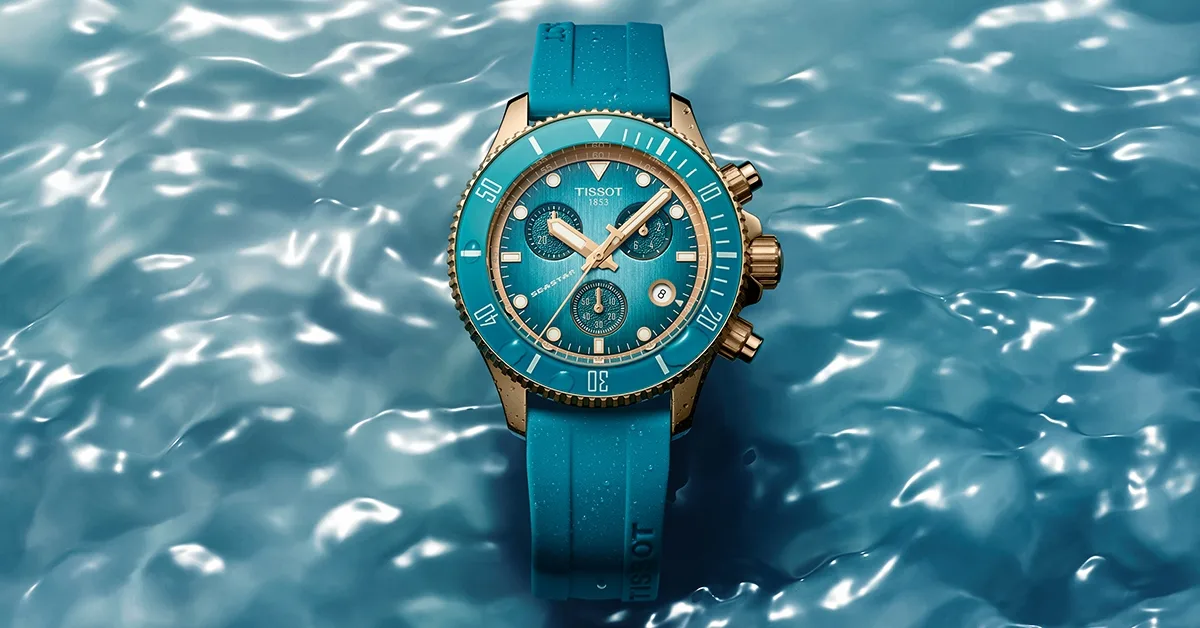It has been six years since we last had the chance to admire Murakami’s work in London. Japanese Art History à la Takashi Murakami presents an exceptional opportunity to explore the artist’s interpretation of Japanese historical paintings.
Murakami’s work plays with blending commercial imagery, manga and of traditional art. In fact, he himself has several times bridged the gap between commercial work and art through his collaborations with luxury brands such as Louis Vuitton and Hublot, among others.
Trained in traditional Japanese art, Murakami brings together the flat compositions of classic Japanese painting and anime and manga aesthetics. His technique, coined as “super flat” emphasises the use of flat planes of colour, derived from the two-dimensional imagery from Japanese art that we see in manga and anime. At the same time, Murakami uses this “flatness” to reflect the lack of distinction in Japanese society and the otaku subculture. Otaku is the term used to describe obsessive fandom related to Japanese popular culture (anime, manga, video games…).
While participating in the PS1 International Studio Program in New York City in 1994, Murakami became heavily influenced by the monumental work of Anselm Kiefer and Jeff Koons’s simulationism, down to the practice of using a whole team to help him produce his large canvases. In his effort to show “a Kyoto that is not that beautiful”, Murakami combines elements of high art and mass culture, mirroring the work of Koons. He is also trying to emulate Willem de Kooning’s freedom of expression as Alzheimer’s progresses.
“In the process of preparation for these complex paintings, I try to go in my mind into the emptiness, like Kooning.”
– Takashi Murakami

The latest of Murakami’s influence is Disney’s show, Shogun. At the opening of this exhibition at the Gagosian gallery in London, the artist admitted being fascinated by this Western chronicle of the 17th century in Japan (dawn of the Edo period), when the country was immersed in internal conflict.
Murakami felt particularly inspired by seppuku (or hara-kiri), an honourable death conducted by ritualistic suicide in Japan, as the antagonism of dementia, which took his father’s life. Before killing themselves, the samurai would read a poem of their own creation. Murakami sees his epic paintings as his poem, “It got me thinking that if I could make my own poem before I die, maybe my soul will be in peace.” In his canvases, like in Shogun, beauty and death go hand in hand, as a way to process the trauma that is inherent to contemporary otaku subculture.

Detail of Rakuchu ̄-Rakugai-zu Byo ̄bu: Iwasa Matabei RIP (2023–24), where one can observe Murakami’s singular iconography and characters among the traditional figures and motifs from the original 17th-century artwork.
With this motivation in mind, Murakami recreated these historic paintings, populating them with his iconic characters and motifs. From gold-leaf clouds embossed with skulls (a reference to the Toribeno burial ground) and smiling flowers to different versions of Mr D.O.B, some of which are far from its original kawaii (cute) aesthetic. A prime example is Rakuchu ̄-Rakugai-zu Byo ̄bu: Iwasa Matabei RIP (2023–24), modelled on the 17th-century depiction of Kyoto by Iwasa Matabei’s Rakuchu ̄- Rakugai-zu Byo ̄bu (Scenes in and around Kyoto) (Funaki Version).
Other works in the show, such as Murakami’s paintings of the mythical guardians of Kyoto (the Four Symbols, one per cardinal point), are the result of a complex process that involves the combination of the artist’s own sketches with AI-generated images as well as fragments of his earlier works in a process that parallels the inventiveness of earlier artists in depicting unfamiliar or imaginary creatures.


Black Tortoise and Arhats, 2024 (left) and Flaming Vermillion Bird, 2024 (right) represent the North and South of Kyoto. Both works acrylic on canvas mounted on aluminium frame. © 2024 Takashi Murakami/Kaikai Kiki Co. Ltd. Photo: Kei Okano. Courtesy Gagosian.
Among the other works in the exhibition is Murakami’s version of a set of Daigo Hanami-zu screens that depicts a cherry blossom viewing event on the grounds of Kyoto’s Daigoji Temple.
To me, Japanese Art History à la Takashi Murakami represents everything that Takashi Murakami stands for in art, condensed into an 18-painting show. Given Murakami’s popularity among international art collectors, it is likely that many of these pieces will end up in private collections, so don’t miss the opportunity to see this unique exhibition at Gagosian Gallery London.
Japanese Art History à la Takashi Murakami
Gagosian, London
20 Grosvenor Hill, London W1K 3QD
10th December, 2024 – 8th March, 2025
Opening image: Takashi Murakami, Rakuchu ̄-Rakugai-zu Byo ̄bu: Iwasa Matabei RIP (2023–24). Acrylic and gold leaf on canvas mounted on wood panel, in 2 parts. © 2023-2024 Takashi Murakami/Kaikai Kiki Co., Ltd. All Rights Reserved. Photo: Kei Okano. Courtesy Gagosian.
Other unmissable exhibitions in London at the moment: Michelangelo, Leonardo, Raphael: Florence, c. 1504, and Versailles: Science and Splendour.
Author: Julia Pasarón

















Show Comments +